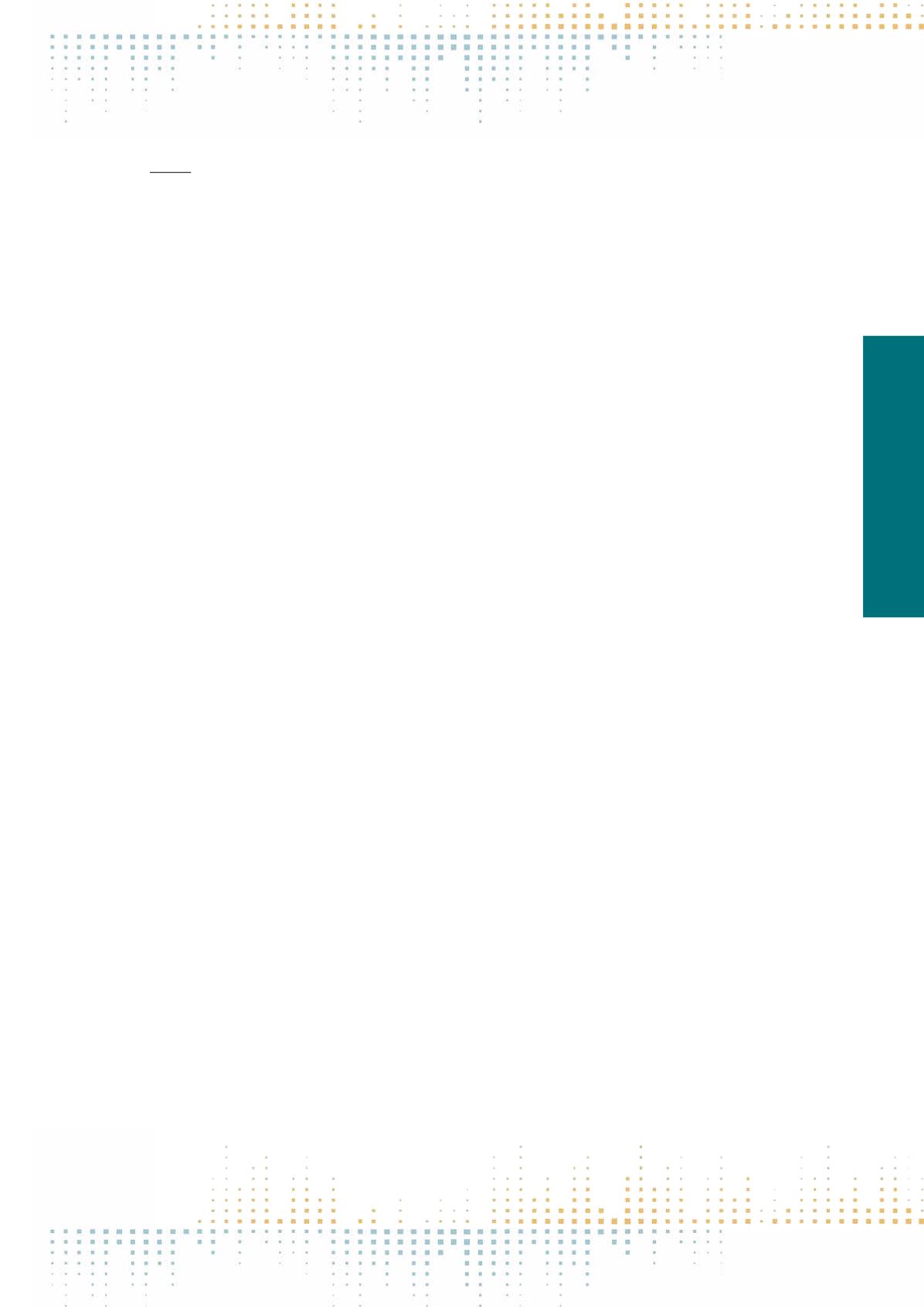

431
Thursday, November 10
1 4 : 3 0 – 1 6 : 0 0
PN 100
Producing Continuity in Digital Television: A Theoretical Approach
H. Bruun
1
1
Aarhus University, Media Studies and Journalism, Aarhus, Denmark
The aim of this paper is to introduce the theoretical approach in an on-going media production study investigating the production culture (Caldwell 2008)
of the schedulers and continuity producers in public service television in Denmark. Presently, television production is taking place in the tensions between
a linear and non-linear television paradigm. This has a profound impact on the production of one of linear television’s fundamental textual features: the on-
air-schedule including ‘continuity’that bridges what is regarded as the programmes proper. This televisual text has been produced throughout the history
of television but in different configurations reflecting the television market in specific regions. Technological and media political changes on a national as
well as on a transnational level, and the growing competition for the attention of the audience have all contributed to these (re)configurations (Ellis 2000,
2000a; Ytreberg 2001). The study of the production culture of schedulers and continuity-producers aims to contribute to an emerging interest in media
research in understanding the impact the present changes to television have on the communicative behaviour performed in the on-air-schedule and
continuity text (Caldwell 2003; Johnson 2013; Ihlebæk et al. 2014; Van den Bulck & Enli 2014a, 214b; Bruun forthcoming 2016). The case of the study is
the Danish public service provider TV 2. The provider is funded by commercial breaks and subscription, and this means that the traditional business model
of linear television is (still) hugely important even if the audience is moving towards an increasingly non-linear use of television (Medieudviklingen 2015).
The point of departure in the paper is that the on-air schedule and‘continuity’could be regarded as a genre (Søndergaard 1994; Bruun forthcoming 2016) on
par with the different genres of television programming.The paper further suggests that a pragmatic and socio-cognitive approach to genre as a production
category, and not only a text and reception category, might be a fruitful approach. This helps to understand the values and practises guiding the production
culture and to understand the producers as interpreters of the tensions between the properties of the two televisual paradigms as well as the public service
obligation in their professional work. The preliminary findings suggest that this context challenges the professional practises, ‘working theories’ and not
least the conceptualisation of the audience in a production culture that has the linear television paradigm as its foundation and heritage. In many ways
the communicative behaviour performed by the providers in the on-air-schedule and ‘continuity’ can be regarded as a prism of change in the television
industry on the small Danish television market dominated by public service television. ------ Hanne Bruun is associate professor and head of the research
programme: Media, Communication and Society, Aarhus University, Denmark. Research areas are production studies, the aesthetics and genres of tele‑
vision, and media development. She is the author of seven books, latest Danish Television Satire: Entertainment with an Edge (2011, in Danish). She has
contributed to several books, latest Advancing Media Production Studies (2016) and journals, latest International Journal of Digital Television 6(1) 2015.



















